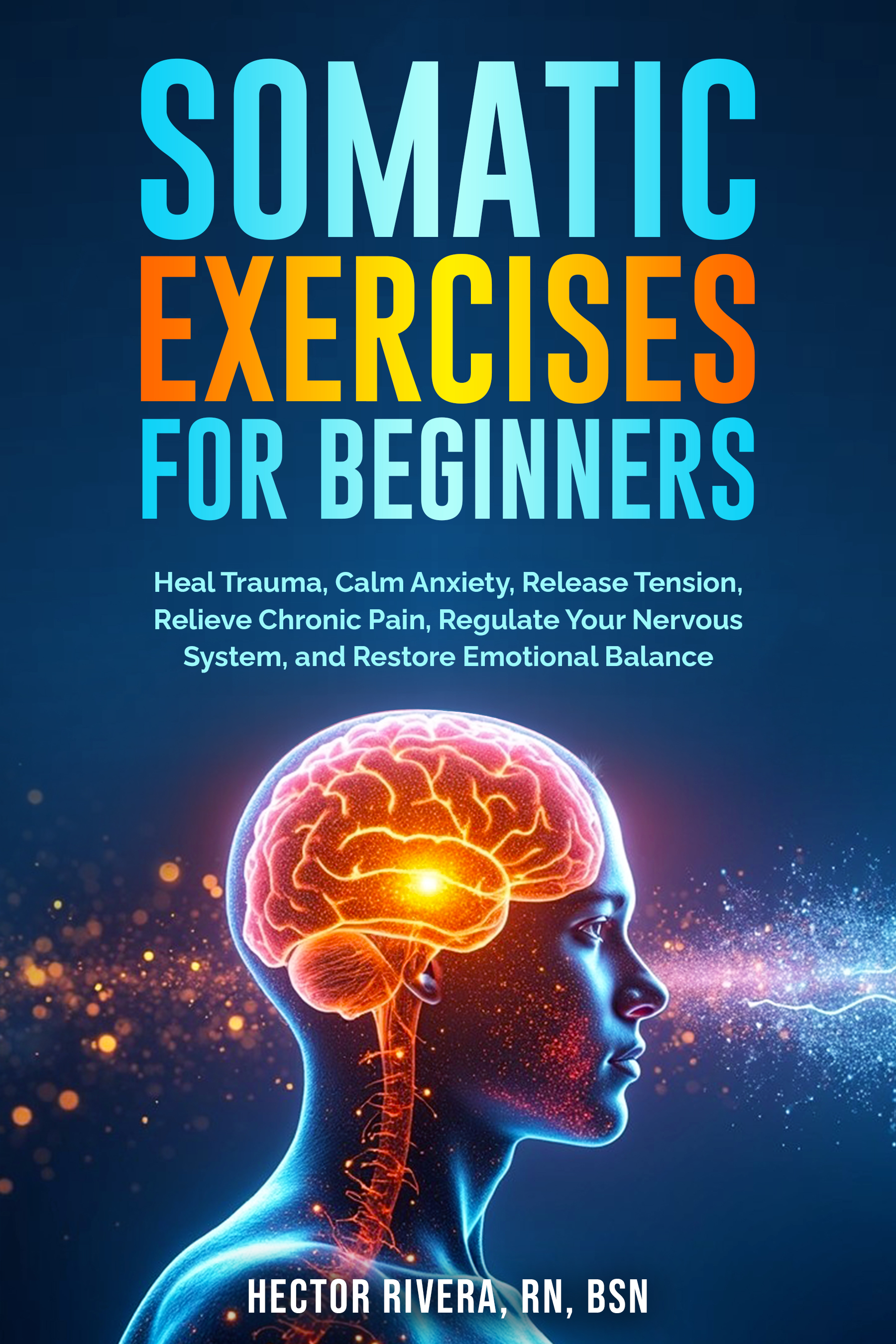What is Somatic Experiencing?

A grounded guide to healing through the body: what is Somatic Experiencing
If you’ve been wondering "what is Somatic Experiencing?", think of it as a body-first approach to resolving the after-effects of stress and trauma. Instead of starting with a long story or analysis, this method pays close attention to how your nervous system is responding right now—breath, muscle tone, heartbeat, and the natural impulse to move—and helps those reactions complete and settle at a pace that feels safe.
How it works
SE views trauma as a stuck survival response, not a personal failure. Sessions use small, manageable steps to prevent your system from being overwhelmed. You pendulate—gently moving your attention between what feels activated and what feels steady—so your body learns it can visit complex sensations and return to safety. You might orient yourself to the room, track subtle signals, or notice spontaneous impulses, such as a fuller breath, a softening in the shoulders, or the desire to stretch. When you follow those impulses with support, your body actively releases and reorganizes the energy it has been holding in a state of fight, flight, or freeze.
What a session looks like
A typical session is conversational but body-centered. You and your practitioner set a clear intention, then slow down together. Rather than diving into the most intense memory, you work with a small slice—a moment, an image, or a mild sensation—and pause often to check capacity. Touch may be used by trained practitioners (with consent and clear boundaries) to support regulation; however, many sessions utilize only verbal guidance and mindful attention. The pace is gentle, and you remain in choice throughout.
Core skills you’ll practice
You learn to notice early signals—tightening in the jaw, flutter in the chest, bracing in the belly—and meet them with support instead of force. Orientation (looking around and registering safety), resourcing (sensing what helps you feel steadier), and pacing (taking small steps) are central. Over time, these skills become evident in daily life: pausing before reacting, feeling your feet when anxiety spikes, and letting a natural sigh move through rather than holding your breath.
Who it may help
People seek SE for many reasons: lingering effects of accidents or medical events, chronic stress and burnout, relational or developmental trauma, anxiety and panic, grief, sleep disruptions, or a general sense of living “on edge” or “shut down.” You don’t have to retell every detail for the work to be practical; sessions prioritize your current capacity and what your body can safely process at this time. Many people describe feeling more settled, better able to rest, and more available for connection and everyday tasks.

How it differs from exercise-based somatic practices
Exercise-style somatic work uses set movements to build awareness. SE is less about performing a sequence and more about tracking inner signals in real time, then supporting the natural completion of survival responses—perhaps a contained tremor, a fuller breath, a gentle push, or an urge to stand and feel grounded. You can pair SE with movement, yoga, or physical therapy; however, the emphasis here is on the timing and regulation of the nervous system, rather than the pose or stretch.
Safety and pacing
Practitioners titrate the work and keep it client-led to reduce overwhelm; yet, the process can still evoke strong emotions or fatigue. If you live with significant medical or psychiatric conditions, work with a licensed clinician and tell your practitioner about any medications, diagnoses, or triggers so they can pace sessions appropriately. Between sessions, simple practices—such as orienting to your environment, feeling the support of the chair, and noticing a spontaneous exhale—help facilitate integration without forcing change.
Getting started
Look for practitioners who have completed formal training (often listed as SEP). In a consultation, ask how they pace sessions, what “going slow” looks like, how they support safety between appointments, and how they blend SE with other modalities if needed. Trust your sense of fit. You should feel respected, unhurried, and in control.
What progress can feel like
Progress is often subtle at first: sleeping a bit more deeply, recovering faster after stress, or feeling more choice in moments that used to feel automatic. Over time, those small shifts add up. The aim isn’t to eliminate sensation; it’s to relate to it differently—so your body can complete what was interrupted and you can move with more steadiness, presence, and ease.
What Is Somatic Experiencing? At its core, it’s a respectful approach to working with your body’s own timing, allowing resilience to develop. By paying attention to what is happening now—and moving in small, supported steps—you give your nervous system a real chance to settle, integrate, and meet daily life with more choice.
Sources
Somatic Experiencing International — overview of SE principles and training standards
Brom, D., et al. (2017). Somatic Experiencing for PTSD: randomized controlled outcome study (Journal of Traumatic Stress)
Payne, P., Levine, P. A., & Crane-Godreau, M. A. (2015). Somatic Experiencing: interoception and proprioception in trauma therapy (Frontiers in Psychology)
Kuhfuß, M., et al. (2021). Somatic Experiencing—effectiveness and key factors: systematic review (European Journal of Psychotraumatology)
Levine, P. A. (1997). Waking the Tiger: Healing Trauma (North Atlantic Books)
Medical Disclaimer: The information on this website is for educational purposes only and is not a substitute for professional medical advice, diagnosis, or treatment. Always consult a qualified healthcare provider with any questions you may have about your health or a medical condition. Never ignore professional medical advice or delay seeking it because of something you have read here.

